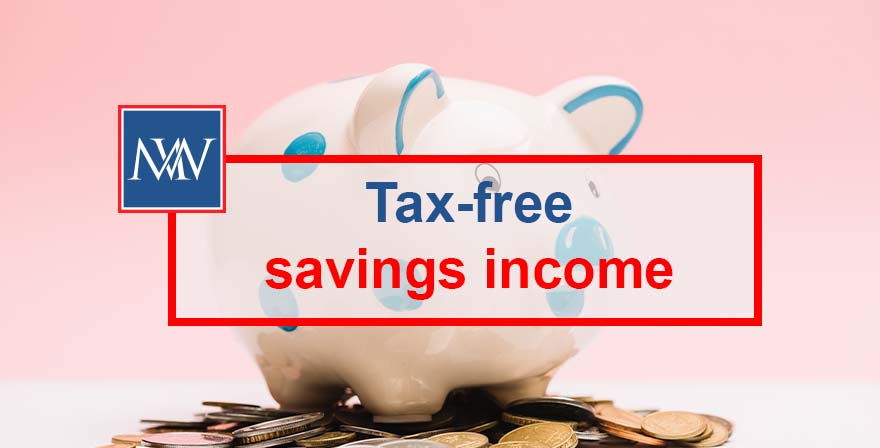There are many ways to get tax-free savings income. But not all routes are available to all taxpayers. The options depend on the type of savings, the saver’s other income, and the rate of tax at the top of the income range.
Savings Allowance
A savings allowance is given to both basic rate and higher rate taxpayers. The allowance is set at £1,000 for people who pay tax at the basic rate and £500 for people who pay tax at the higher rate. In addition to the personal allowance and the dividend allowance, the allowance is also available. People who pay tax at the additional rate (which applies to taxable income over £150,000) don’t get a personal savings allowance and have to pay tax on any income from savings unless it is exempt in some other way.
There is no need for a separate savings allowance for savers whose total income is less than their personal allowance, since the personal allowance will protect any savings income.
Savings starting rate
When it comes to taxes, savings income in the savings starting rate band is taxed at 0%. Depending on the person’s situation, they may be able to save up to £5,000 without having to pay tax on the money.
The starting rate band for savings is set at £5,000, but it goes down if you have taxable income from sources other than savings. This is taxable income from other sources that is more than the personal allowance (but excluding any dividends which are treated as the top slice of income). So, if a person’s other taxable income is less than their personal allowance, they can use the full £5,000 savings starting rate band. For 2022/23, the personal allowance is £12,570. When taxable income over the personal allowance reaches £5,000, the starting rate for savings starts to go down.
Before the personal savings allowance is taken into account, the savings starting rate is.
Tax-free savings
When savings are kept in a tax-free account, like an Individual Savings Account, the income from those savings is not taxed.
Case study
Marion gets £11,000 a year from the government. She has a lot of money saved up, which earns her £9,000 a year in interest. She also gets £200 a year in interest from savings in an ISA.
Since her total income of £11,000 is less than her personal allowance of £12,570, she can use the rest of her personal allowance to protect the first £1,570 of her savings allowance.
Her pension, which is her only other taxable income, doesn’t go over her personal allowance, so she gets the full £5,000 starting rate band for savings. The starting rate for savings is 0%, so savings that fall within this band are not taxed.
She can also use her personal savings allowance, which is £1,000. This is because she pays taxes at the basic rate. The remaining interest of £1,430 (£9,000 – £1,570 – £5,000 – £1,000) is taxed at the basic rate of 20%. This does not include the interest from her ISA. The £200 in interest from her ISA is not taxed.

